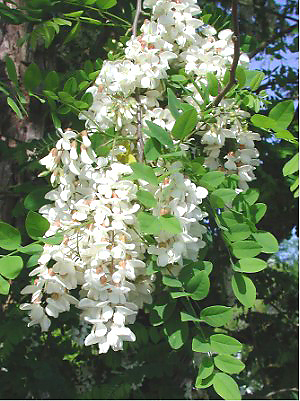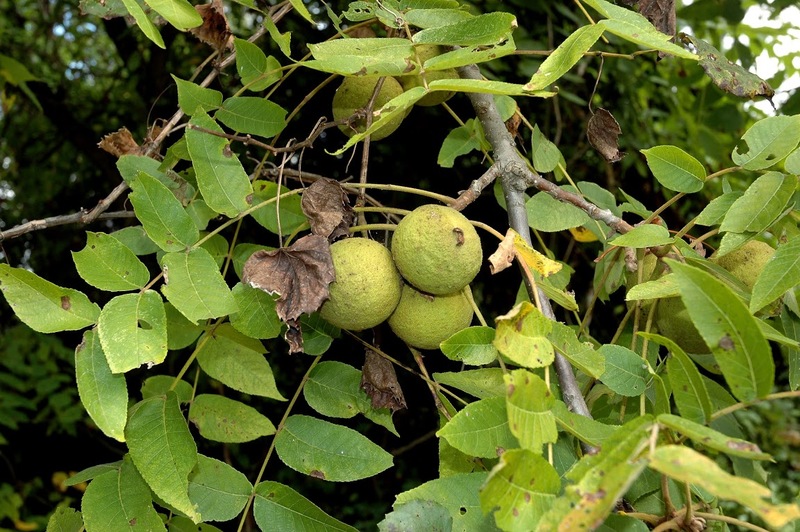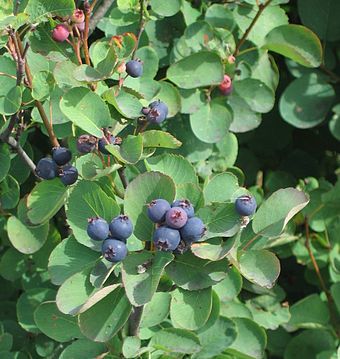Description
Butternut, also known as White walnut, is a type of deciduous tree that is native to the eastern and central United States. The tree typically grows to a height of 30-40 feet and has a straight, cylindrical trunk with smooth, light gray bark. The leaves are pinnately compound and have 11-17 lance-shaped leaflets. The tree produces small, yellowish-green flowers in the spring, followed by round, fuzzy fruits that contain edible nuts.
Butternut trees prefer well-drained, moist soil and can tolerate partial shade, but they will grow best in full sunlight. To cultivate butternuts successfully, a grower should plant the tree in a location with plenty of room for it to spread out and should water it regularly until it is established. Butternut trees are winter hardy and can withstand cold temperatures.
The nuts of the butternut tree are edible and can be eaten fresh or roasted. They can also be stored for later use. The nuts have a sweet, nutty flavor and are often used in baking or as a snack. The wood of the butternut tree is also valuable and is used for a variety of purposes, including furniture making and carving.
Butternut trees are beneficial for wildlife, as they provide food and shelter for a variety of animals. The leaves and twigs of the tree are eaten by deer and other herbivores, while the nuts are a food source for birds and small mammals. The tree also provides nesting sites for birds.
In summary, butternut trees are native to the eastern and central United States, have a straight, cylindrical trunk with smooth, light gray bark, and produce small, yellowish-green flowers in the spring followed by round, fuzzy fruits containing edible nuts. The trees prefer well-drained, moist soil and can be successfully cultivated with regular watering. The nuts of the tree are edible and the wood is valuable for a variety of purposes. Butternut trees are also beneficial for wildlife.




